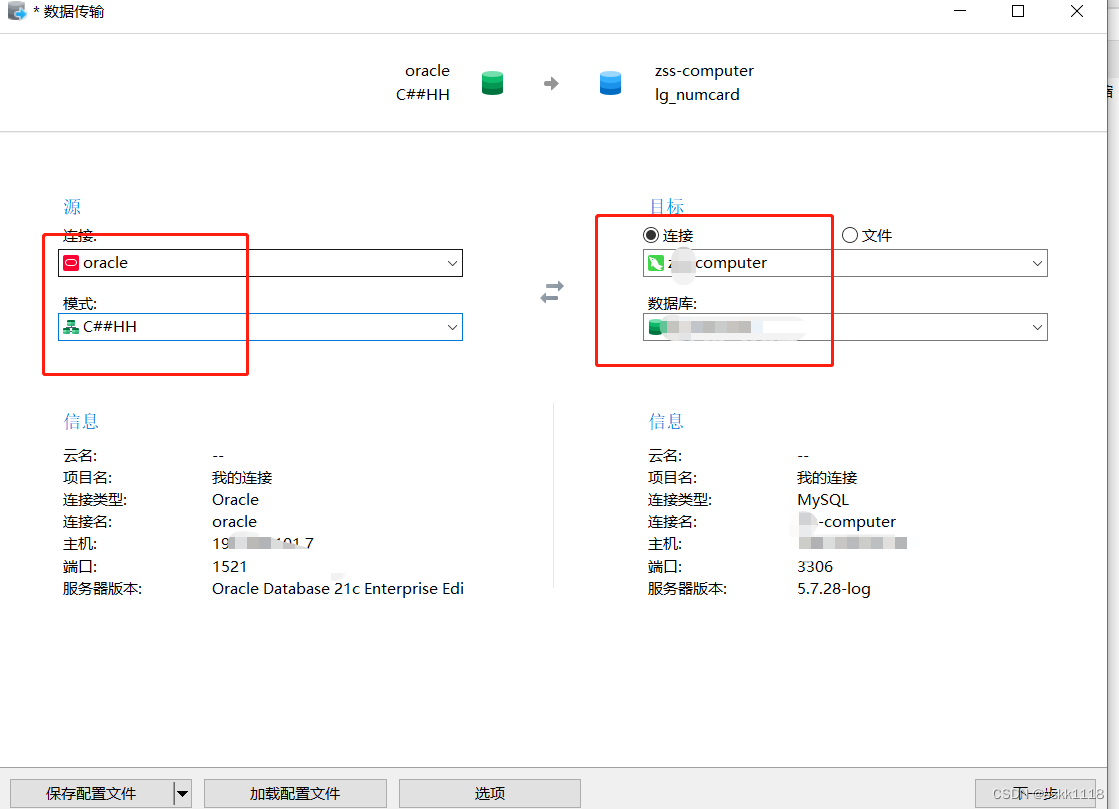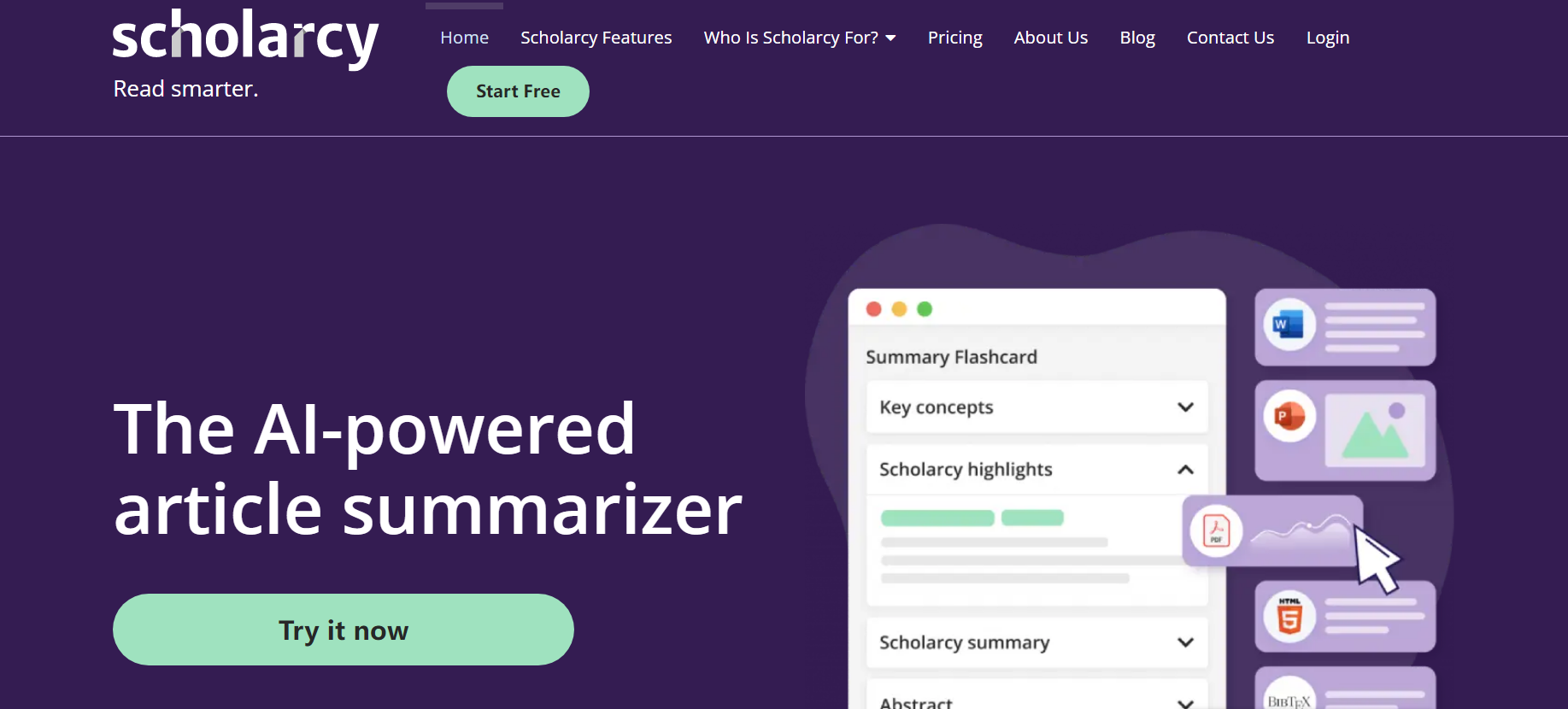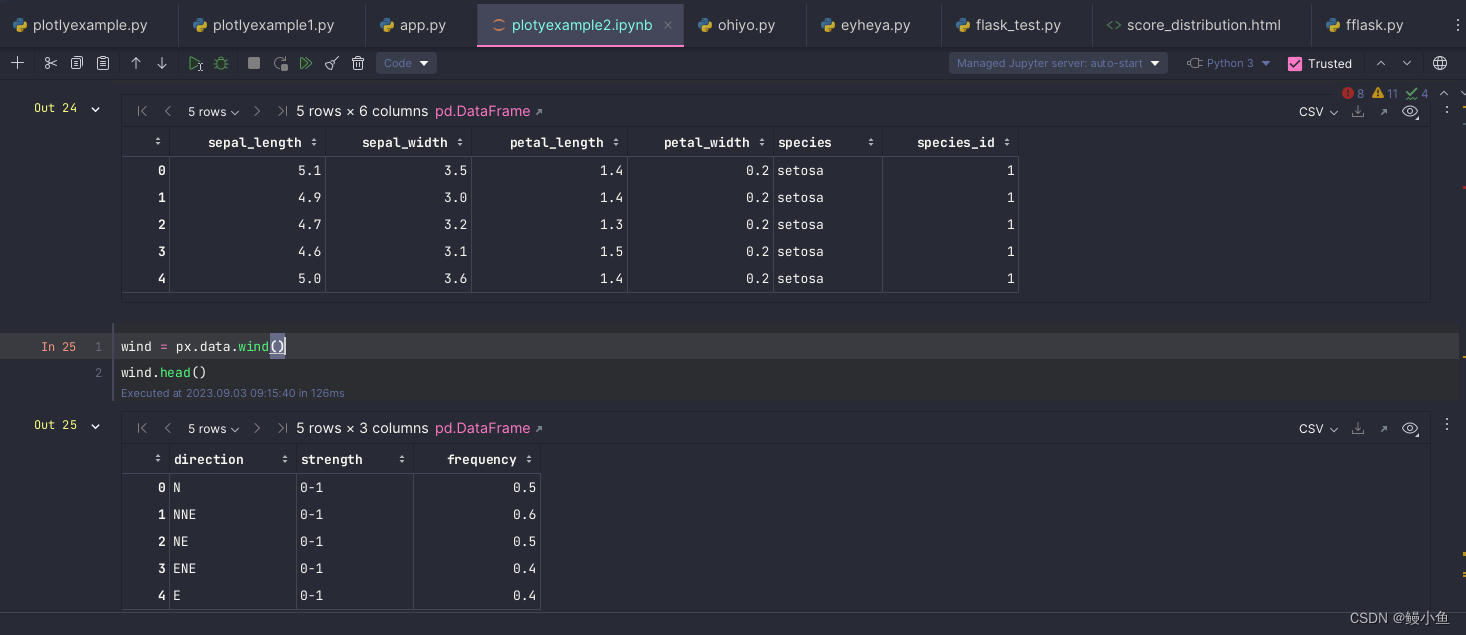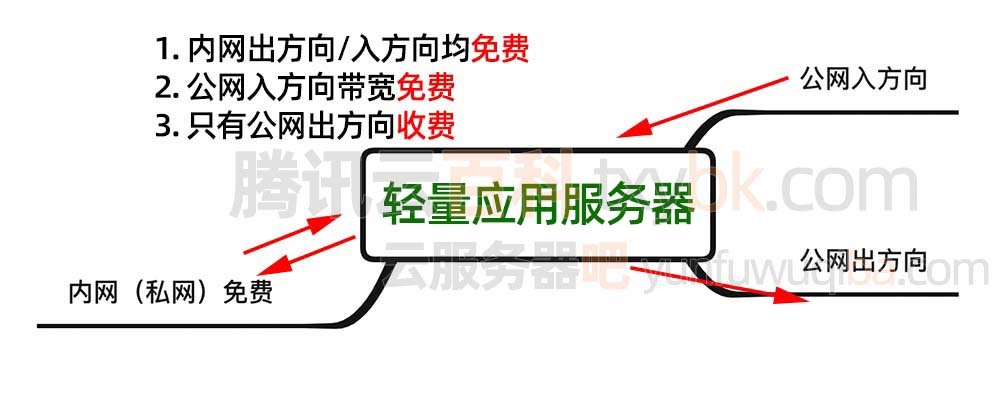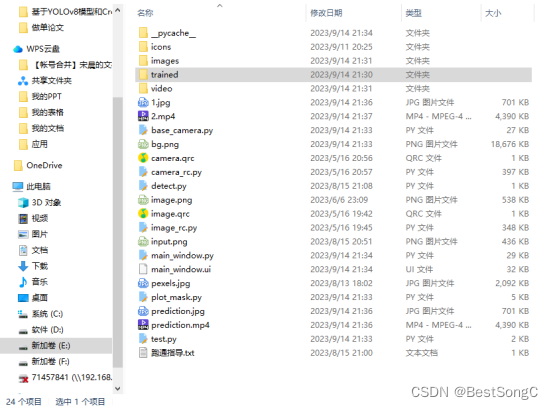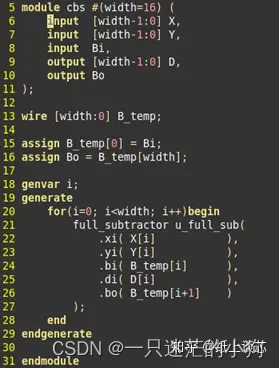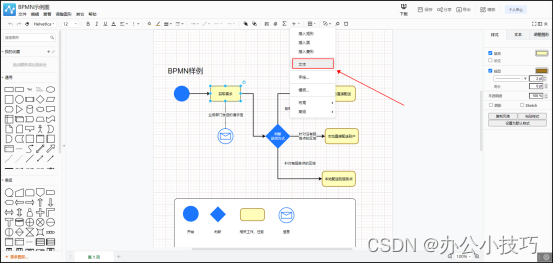
🎉🎉欢迎来到我的CSDN主页!🎉🎉
🏅我是Java方文山,一个在CSDN分享笔记的博主。📚📚
🌟在这里,我要推荐给大家我的专栏《Spring MVC》。🎯🎯
🚀无论你是编程小白,还是有一定基础的程序员,这个专栏都能满足你的需求。我会用最简单易懂的语言,带你走进Spring MVC的世界,让你从零开始,一步步成为JAVA大师。🚀🏆
🌈让我们一起在SpringMVC的世界里畅游吧!🌈🌈
👉点击这里,就可以查看我的主页啦!👇👇
Java方文山的个人主页
🎁如果感觉还不错的话请记得给我点赞哦!🎁🎁
💖期待你的加入,一起学习,一起进步!💖💖

目录
一、前言
1.1.什么是注解
1.2.注解的用处
1.3.注解的原理
二、注解的分类
2.1.JDK基本注解
2.1.1.@Override
2.1.2.@SuppressWarnings
2.2.JDK元注解
2.2.1.@Retention
2.2.2.@Target
2.2.3.@Inherited
2.2.4.@Documented
2.3.自定义注解
2.3.1.自定义注解的分类
三、注解取值的应用
3.1.前期准备工作
3.2.案例一(获取类与方法上的注解值)
3.3. 案例二(获取类属性上的注解属性值)
3.4. 案例三(获取参数修饰注解对应的属性值)
四、自定义注解案例
一、前言
1.1.什么是注解
Annontation是Java5开始引入的新特征,中文名称叫注解。
它提供了一种安全的类似注释的机制,用来将任何的信息或元数据(metadata)与程序元素(类、方法、成员变量等)进行关联。为程序的元素(类、方法、成员变量)加上更直观、更明了的说明,这些说明信息是与程序的业务逻辑无关,并且供指定的工具或框架使用。Annontation像一种修饰符一样,应用于包、类型、构造方法、方法、成员变量、参数及本地变量的声明语句中。
Java注解是附加在代码中的一些元信息,用于一些工具在编译、运行时进行解析和使用,起到说明、配置的功能。注解不会也不能影响代码的实际逻辑,仅仅起到辅助性的作用。
1.2.注解的用处
- 生成文档。这是最常见的,也是java 最早提供的注解。常用的有@param @return 等
- 跟踪代码依赖性,实现替代配置文件功能。比如Dagger 2 依赖注入,未来java 开发,将大量注解配置,具有很大用处;
- 在编译时进行格式检查。如@override 放在方法前,如果你这个方法并不是覆盖了超类方法,则编译时就能检查出。
1.3.注解的原理
注解本质是一个继承了Annotation 的特殊接口,其具体实现类是Java 运行时生成的动态代理类。而我们通过反射获取注解时,返回的是Java 运行时生成的动态代理对象$Proxy1。通过代理对象调用自定义注解(接口)的方法,会最终调用AnnotationInvocationHandler 的invoke 方法。该方法会从memberValues 这个Map 中索引出对应的值。而memberValues 的来源是Java 常量池。
二、注解的分类
2.1.JDK基本注解
2.1.1.@Override
java.lang.Override 是一个标记类型注解,它被用作标注方法。它说明了被标注的方法重写了父类的方法,起到了断言的作用。如果我们使用了这种注解在一个没有覆盖父类方法的方法时,java 编译器将以一个编译错误来警示。
@Target(ElementType.METHOD)
@Retention(RetentionPolicy.SOURCE)
public @interface Override {
}@Override是给javac(java编译器)看的,编译完以后就@Override注解就没有价值了,@Override注解在源代码中有用,编译成.class文件后@Override注解就没有用了,因此@Override的Retention的属性值是RetentionPolicy.SOURCE。
2.1.2.@SuppressWarnings
@SuppressWarnings是给javac(java编译器)看的,编译器编译完java文件后,@SuppressWarnings注解就没有用了,所以@SuppressWarnings的Retention的属性值是RetentionPolicy.SOURCE。
@Target({TYPE, FIELD, METHOD, PARAMETER, CONSTRUCTOR, LOCAL_VARIABLE})
@Retention(RetentionPolicy.SOURCE)
public @interface SuppressWarnings {String[] value();
}2.2.JDK元注解
看完以上的JDK基本注解你是否更蒙了!?为什么注解类里面还有注解,那其实是JDK的元注解。
所有元注解定义在java.lang.annotation包下面,其中Annotation是注解的基本接口,所有的注解都继承这个接口。

java.lang.annotation 提供了四种元注解,专门注解其他的注解(在自定义注解的时候,需要使用到元注解)
2.2.1.@Retention
指定注解的生命周期(源码、class文件、运行时)或是称作定义注解的保留策略。
该元注解中有三个属性值
@Retention(RetentionPolicy.SOURCE) //注解仅存在于源码中,在class字节码文件中不包含
@Retention(RetentionPolicy.CLASS) //默认的保留策略,注解会在class字节码文件中存在,但运行时无法获得
@Retention(RetentionPolicy.RUNTIME) //注解会在class字节码文件中存在,在运行时可以通过反射获取到
下面我用别人写好的注解来给大家演示:
@Retention(RetentionPolicy.SOURCE)
@java.lang.annotation.Retention(java.lang.annotation.RetentionPolicy.SOURCE)
@java.lang.annotation.Target({java.lang.annotation.ElementType.TYPE})
public @interface Slf4j {java.lang.String topic() default "";
}这是Slf4j的注解,用了元注解@Retention(RetentionPolicy.SOURCE) ,说明该注解仅存在于源码中,class文件中不包括我们来看看。

确实如此我们的源码中有@Slf4j但是字节码文件中却没有,这就是该元注解以及属性的作用。
用到最多的还是@Retention(RetentionPolicy.RUNTIME),下面我们来看一下该元注解的使用。
@java.lang.annotation.Target({java.lang.annotation.ElementType.METHOD, java.lang.annotation.ElementType.TYPE})
@java.lang.annotation.Retention(java.lang.annotation.RetentionPolicy.RUNTIME)
@java.lang.annotation.Documented
@org.springframework.web.bind.annotation.Mapping
public @interface RequestMapping {java.lang.String name() default "";@org.springframework.core.annotation.AliasFor("path")java.lang.String[] value() default {};@org.springframework.core.annotation.AliasFor("value")java.lang.String[] path() default {};org.springframework.web.bind.annotation.RequestMethod[] method() default {};java.lang.String[] params() default {};java.lang.String[] headers() default {};java.lang.String[] consumes() default {};java.lang.String[] produces() default {};
}这是注解RequestMapping,因为@Retention中所填写的是RetentionPolicy.RUNTIME,所以被该注解所修饰的类/方法/属性就可以在运行时可以通过反射获取到。
2.2.2.@Target
指定被修饰的Annotation指定注解使用的目标范围(类、方法、字段等)。
刚刚在上面我们提到了一个关键信息,被@RequestMapping注解所修饰的类/方法/属性,那我们怎么知道又怎么决定那些注解可以用于类/方法/属性呢?就是通过元注解@Target来决定。
| 元注解 | 作用目标范围 |
| @Target(ElementType.TYPE) | 接口、类 |
| @Target(ElementType.FIELD) | 属性 |
| @Target(ElementType.METHOD) | 方法 |
| @Target(ElementType.PARAMETER) | 方法参数 |
| @Target(ElementType.CONSTRUCTOR) | 构造函数 |
| @Target(ElementType.LOCAL_VARIABLE) | 局部变量 |
| @Target(ElementType.ANNOTATION_TYPE) | 注解 |
| @Target(ElementType.PACKAGE) | 包 |
注意:可以指定多个位置,例如:
@Target({ElementType.METHOD, ElementType.TYPE}),也就是此注解可以在方法和类上面使用
不相信的同学可以回过头看看上面的代码中有没有Target哦!
2.2.3.@Inherited
指定子类可以继承父类的注解,只能是类上的注解,方法和字段的注解不能继承。即如果父类上的注解是@Inherited修饰的就能被子类继承。
当父类上的注解被@Inherited修饰时,子类可以继承该注解。下面是一个示例代码来演示这个概念:
import java.lang.annotation.*;@Retention(RetentionPolicy.RUNTIME)
@Target(ElementType.TYPE)
@Inherited
public @interface MyAnnotation {String value();
}@MyAnnotation("我是父类的注解")
class ParentClass {
}class ChildClass extends ParentClass {
}class Main {public static void main(String[] args) {// 获取父类上的注解MyAnnotation parentAnnotation = ParentClass.class.getAnnotation(MyAnnotation.class);System.out.println("获取父类上的注解: " + parentAnnotation.value());// 获取子类上的注解MyAnnotation childAnnotation = ChildClass.class.getAnnotation(MyAnnotation.class);System.out.println("获取子类上的注解: " + childAnnotation.value());}
}
如果我们没有用@Inherited会怎么样呢?

会抛出java.lang.NullPointerException异常,因为子类无法继承父类的注解。
2.2.4.@Documented
指定被修饰的该Annotation可以被javadoc工具提取成文档.
在Java中,注解(Annotation)是一种用于为代码添加元数据的方式。它们可以提供有关代码元素的信息,例如类、方法或变量。通过使用注解,开发人员可以在编译时或运行时对代码进行处理。
@Documented是Java中的一个注解属性,它指定被修饰的注解是否可以被Javadoc工具提取成文档。当一个注解被@Documented修饰时,它的目标元素(例如类、方法或字段)的相关文档中将包含该注解的描述。
这个属性对于生成API文档非常有用。当使用Javadoc工具生成API文档时,它会扫描源代码中的注解,并提取注解的描述信息。如果一个注解被@Documented修饰,那么它的描述信息将被包含在生成的API文档中,以便其他开发人员能够了解该注解的用途和作用。
总结一下,@Documented注解的作用是确保被修饰的注解可以被Javadoc工具提取成文档,并在生成的API文档中显示注解的描述信息。这样可以帮助其他开发人员更好地理解和使用你的代码。
小贴士:在Java 8中,引入了一些新的元注解,用于提供额外的功能和配置。以下是一些主要的元注解及其作用
| 元注解 | 作用 |
|---|---|
@FunctionalInterface | 用于指示接口是一个函数式接口,即只有一个抽象方法的接口。 |
@Deprecated | 用于标记不推荐使用的元素、类或方法,表示它们已经过时。 |
@SuppressWarnings | 用于抑制编译器产生警告信息,可以应用于类、方法或字段上。 |
@SafeVarargs | 用于启用或禁用可变参数类型的堆分配,确保在使用可变参数时不会发生堆污染。 |
@NonNull | 用于标记不允许为null的元素、方法或构造函数的返回类型。 |
@CheckReturnValue | 用于指示方法的调用者必须检查并处理方法的返回值,而不是忽略它。 |
@Override | 用于指示子类覆盖了父类的方法,但并不需要重新编译父类的方法。 |
@Immutable | 用于指示一个不可变的类、接口或枚举类型,即它们的实例一旦创建就不能被修改。 |
@Inherited | 用于指示一个注解可以被子类继承。 |
@Repeatable | 用于在注解上使用重复注解,即可以在一个地方多次使用同一个注解。 |
@SafeVarargs (JEP 276) | 用于启用或禁用可变参数类型的堆分配,确保在使用可变参数时不会发生堆污染。 (JEP 276: "Unchecked Var Args") |
以上信息源于网络,更多细节请参考官方文档。
JDK官方文档![]() https://docs.oracle.com/en/java/javase/20/
https://docs.oracle.com/en/java/javase/20/
2.3.自定义注解
自定义注解类编写的一些规则:
- Annotation 类型定义为@interface, 所有的Annotation 会自动继承java.lang.Annotation这一接口,并且不能再去继承别的类或是接口。
- 参数成员只能用public 或默认(default) 这两个访问权修饰。语法:类型 属性名() [default 默认值]; default表示默认值 ,也可以不编写默认值的.
- 参数成员只能用基本类型byte、short、char、int、long、float、double、boolean八种基本数据类型和String、Enum、Class、annotations等数据类型,以及这一些类型的数组.
- 要获取类方法和字段的注解信息,必须通过Java的反射技术来获取 Annotation 对象,因为你除此之外没有别的获取注解对象的方法。
- 注解也可以没有定义成员,,不过这样注解就没啥用了。
注意: 自定义注解需要使用到元注解。
- 注解方法不能有参数。
- 注解方法的返回类型局限于原始类型,字符串,枚举,注解,或以上类型构成的数组。
- 注解方法可以包含默认值。
2.3.1.自定义注解的分类
注解分类(根据Annotation是否包含成员变量,可以把Annotation分为两类):
标记Annotation:
没有成员变量的Annotation; 这种Annotation仅利用自身的存在与否来提供信息
元数据Annotation:
包含成员变量的Annotation; 它们可以接受(和提供)更多的元数据;
三、注解取值的应用
3.1.前期准备工作
TranscationModel枚举类
public enum TranscationModel {Read, Write, ReadWrite
}小贴士:什么是枚举类?枚举类的作用是什么?
枚举类是Java中一种特殊的数据类型,用于定义一组固定的命名常量。枚举类型提供了一种更强大、更安全和更易读的方式来表示一组相关的常量。在Java中,枚举类型是通过关键字`enum`来定义的。
枚举类的作用是提供一种类型安全的方式来表示一组固定的值,避免使用数字或字符串常量时可能出现的错误。通过使用枚举类型,可以限制变量只能取预定义的值,并且可以在代码中使用这些常量的名称来提高可读性和可维护性。
MyAnnotation1自定义注解类
/*** MyAnnotation1注解可以用在类、接口、属性、方法上* 注解运行期也保留* 不可继承*/
@Target({ElementType.TYPE, ElementType.FIELD,ElementType.METHOD})
@Retention(RetentionPolicy.RUNTIME)
@Documented
public @interface MyAnnotation1 {String name();
}MyAnnotation2自定义注解类
/*** MyAnnotation2注解可以用在方法上* 注解运行期也保留* 不可继承*/
@Target(ElementType.METHOD)
@Retention(RetentionPolicy.RUNTIME)
@Documented
public @interface MyAnnotation2 {TranscationModel model() default TranscationModel.ReadWrite;
}MyAnnotation3自定义注解类
/*** MyAnnotation3注解可以用在方法上* 注解运行期也保留* 可继承*/
@Target(ElementType.METHOD)
@Retention(RetentionPolicy.RUNTIME)
@Inherited
@Documented
public @interface MyAnnotation3 {TranscationModel[] models() default TranscationModel.ReadWrite;
}TestAnnotation自定义注解类
//@Retention(RetentionPolicy.SOURCE)
@Retention(RetentionPolicy.RUNTIME)
@Target(ElementType.FIELD)
public @interface TestAnnotation {String value() default "默认value值";String what() default "这里是默认的what属性对应的值";
}IsNotNull自定义注解类
/**非空注解:使用在方法的参数上,false表示此参数可以为空,true不能为空*/
@Documented
@Target({ElementType.PARAMETER})
@Retention(RetentionPolicy.RUNTIME)
public @interface IsNotNull {boolean value() default false;
}3.2.案例一(获取类与方法上的注解值)
Demo1测试类
/*** 获取类与方法上的注解值*/
@MyAnnotation1(name = "abc")
public class Demo1 {@MyAnnotation1(name = "xyz")private Integer age;@MyAnnotation2(model = TranscationModel.Read)public void list() {System.out.println("list");}@MyAnnotation3(models = {TranscationModel.Read, TranscationModel.Write})public void edit() {System.out.println("edit");}
}Demo1Test测试类
public class Demo1Test {@Testpublic void list() throws Exception {
// 获取类上的注解MyAnnotation1 annotation1 = Demo1.class.getAnnotation(MyAnnotation1.class);System.out.println(annotation1.name());//abc// 获取方法上的注解MyAnnotation2 myAnnotation2 = Demo1.class.getMethod("list").getAnnotation(MyAnnotation2.class);System.out.println(myAnnotation2.model());//Read// 获取属性上的注解MyAnnotation1 myAnnotation1 = Demo1.class.getDeclaredField("age").getAnnotation(MyAnnotation1.class);System.out.println(myAnnotation1.name());// xyz}@Testpublic void edit() throws Exception {MyAnnotation3 myAnnotation3 = Demo1.class.getMethod("edit").getAnnotation(MyAnnotation3.class);for (TranscationModel model : myAnnotation3.models()) {System.out.println(model);//Read,Write}}
}运行list方法结果:

运行edit方法结果:

3.3. 案例二(获取类属性上的注解属性值)
Demo2测试类
/*** 获取类属性上的注解属性值*/
public class Demo2 {@TestAnnotation(value = "这就是value对应的值_msg1", what = "这就是what对应的值_msg1")private static String msg1;@TestAnnotation("这就是value对应的值1")private static String msg2;@TestAnnotation(value = "这就是value对应的值2")private static String msg3;@TestAnnotation(what = "这就是what对应的值")private static String msg4;
}Demo2Test测试类
public class Demo2Test {@Testpublic void test1() throws Exception {TestAnnotation msg1 = Demo2.class.getDeclaredField("msg1").getAnnotation(TestAnnotation.class);System.out.println(msg1.value());System.out.println(msg1.what());}@Testpublic void test2() throws Exception{TestAnnotation msg2 = Demo2.class.getDeclaredField("msg2").getAnnotation(TestAnnotation.class);System.out.println(msg2.value());System.out.println(msg2.what());}@Testpublic void test3() throws Exception{TestAnnotation msg3 = Demo2.class.getDeclaredField("msg3").getAnnotation(TestAnnotation.class);System.out.println(msg3.value());System.out.println(msg3.what());}@Testpublic void test4() throws Exception{TestAnnotation msg4 = Demo2.class.getDeclaredField("msg4").getAnnotation(TestAnnotation.class);System.out.println(msg4.value());System.out.println(msg4.what());}
}运行test1方法结果:

运行test2方法结果:

运行test3方法结果:

运行test4方法结果:

总结:如果我们注解上没有指定是value还是what默认就是value,如果只想转递一个参数又不想默认是value那就需要指定what=""即可。
3.4. 案例三(获取参数修饰注解对应的属性值)
Demo3测试类
public class Demo3 {public void hello1(@IsNotNull(true) String name) {System.out.println("hello:" + name);}public void hello2(@IsNotNull String name) {System.out.println("hello:" + name);}
}Demo3Test测试类
public class Demo3Test {@Testpublic void hello1() throws Exception {Demo3 demo3 = new Demo3();for (Parameter parameter : demo3.getClass().getMethod("hello1", String.class).getParameters()) {IsNotNull annotation = parameter.getAnnotation(IsNotNull.class);if(annotation != null){System.out.println(annotation.value());//true}}}@Testpublic void hello2() throws Exception {Demo3 demo3 = new Demo3();for (Parameter parameter : demo3.getClass().getMethod("hello2", String.class).getParameters()) {IsNotNull annotation = parameter.getAnnotation(IsNotNull.class);if(annotation != null){System.out.println(annotation.value());//false}}}@Testpublic void hello3() throws Exception {
// 模拟浏览器传递到后台的参数 解读@requestParamString name = "zs";Demo3 demo3 = new Demo3();Method method = demo3.getClass().getMethod("hello1", String.class);for (Parameter parameter : method.getParameters()) {IsNotNull annotation = parameter.getAnnotation(IsNotNull.class);if(annotation != null){System.out.println(annotation.value());//trueif (annotation.value() && !"".equals(name)){method.invoke(demo3,name);}}}}
}
运行hello1方法结果:

运行hello2方法结果:

运行hello3方法结果:

如果我们属性不为true,或者名字不为zs会怎样?

总结:这个案例像不像我们的注解@RequestParam必须传递参数,除非指定required为false就可与不传参数,我们这个案例也是如此。
四、自定义注解案例
在写项目的过程中,肯定遇到过记录日志的功能要求,这时候我们就可以根据这个要求建立一个自定义注解类,只有被该注解修饰的方法就会走AOP切面类进行日志保存。
MyLog自定义注解类
@Target(ElementType.METHOD)
@Retention(RetentionPolicy.RUNTIME)
public @interface MyLog {String desc();
}MyLogAspect切面类
@Component
@Aspect
public class MyLogAspect {private static final Logger logger = LoggerFactory.getLogger(MyLogAspect.class);/*** 只要用到了com.javaxl.p2.annotation.springAop.MyLog这个注解的,就是目标类*/@Pointcut("@annotation(com.csdn.xw.annotation.aop.MyLog)")private void MyValid() {}@Before("MyValid()")public void before(JoinPoint joinPoint) {MethodSignature signature = (MethodSignature) joinPoint.getSignature();logger.debug("[" + signature.getName() + " : start.....]");System.out.println("[" + signature.getName() + " : start.....]");MyLog myLog = signature.getMethod().getAnnotation(MyLog.class);logger.debug("【目标对象方法被调用时候产生的日志,记录到日志表中】:"+myLog.desc());System.out.println("【目标对象方法被调用时候产生的日志,记录到日志表中】:" + myLog.desc());}
}
Controller层代码
@Component
public class LogController {@RequestMapping("/mylog")@MyLog(desc = "这是结合spring aop知识,讲解自定义注解应用的一个案例")public void testLogAspect(){System.out.println("这里随便来点啥");}
}

到这里我的分享就结束了,欢迎到评论区探讨交流!!
💖如果觉得有用的话还请点个赞吧 💖

